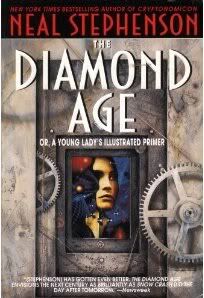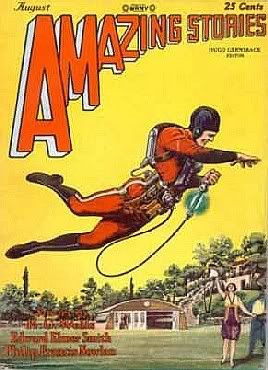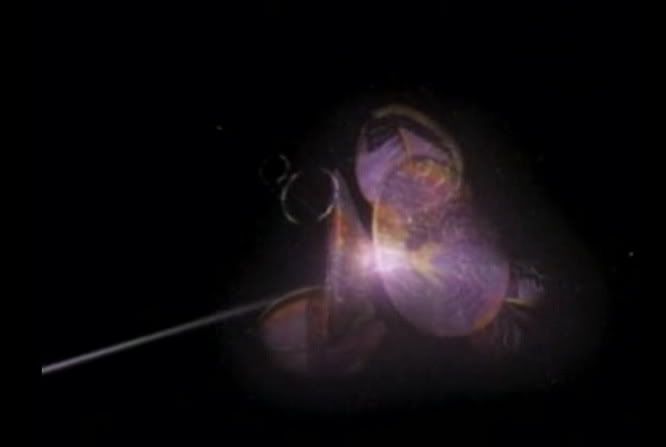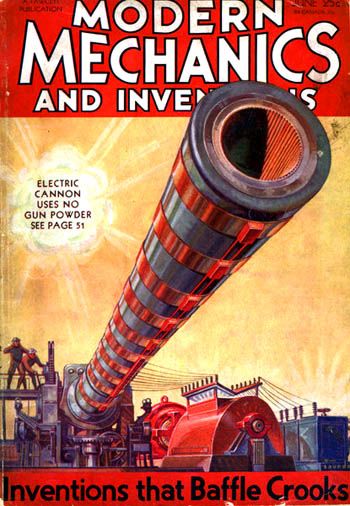Nanotech and "Gray Goo" scenerio: The first conceptual use of nanotech was in 1959 by Richard Feynman. The term was coined in 1974 by Norio Taniguchi. Between 1979 and 1985, Eric Drexler refined the concepts which led to the book that popularized nanotech: "Engines of Creation" in 1986. He coined the term "gray goo" which simply put would mean: a large mass of replicating nanomachines lacking large-scale structure reducing raw materials to basic components.
Just as Sci-fi misjudged the effect of computers, nanotech was also underused. Arthur C Clarke wrote a 1956 story that that included microscale robots. In 1969, Robert Silverberg wrote of nanobots that created a stereo speaker. In 1983, Greg Bear wrote a short story that was expanded in 1985 into "Blood Music", a novel which was adapted to a degree in the new Outer Limits in the 1990s. Diamond Age, Neal Stephenson(1995) is widely considered the best nanotech story to date.

In visual fiction, the first use of microtechnology was in 1966's "Fantastic Voyage" and again in "Innerspace" in the 1980s. True nanotech would appear in Sept, 1989, in the "Evolution" episode of STNG. Not only do these nanomachines replicate, but they act with another trope of Sci fi: a hive mind, leaving the viewer to wonder whether or not they might evolve into the early gray goo scenerio from the early 1990s from the Battle Angel Alita manga. Outer Limits included nanotech in several episodes in its first 2 seasons (1995-96) The first movie to use nanotechnology appears to be "Deep Red" in 1994. "Virtuosity" followed in 1995. STNG's "First Contact follows in 1996, finally showing how the Borg assimilate their victims. The gray goo scenerio first made its appearance in 2008's "The Day the Earth Stood Still". G. I. Joe included it on a smaller scale a year later.
For good measure: IBM logo written in nanoscale: 1989. First nanotechnology company formed: 1997. LED nanotech TV: http://gizmodo.com/5625184/nanotech-first-claimed-by-lgs-lex8-led-tv
RAMA
Just as Sci-fi misjudged the effect of computers, nanotech was also underused. Arthur C Clarke wrote a 1956 story that that included microscale robots. In 1969, Robert Silverberg wrote of nanobots that created a stereo speaker. In 1983, Greg Bear wrote a short story that was expanded in 1985 into "Blood Music", a novel which was adapted to a degree in the new Outer Limits in the 1990s. Diamond Age, Neal Stephenson(1995) is widely considered the best nanotech story to date.

In visual fiction, the first use of microtechnology was in 1966's "Fantastic Voyage" and again in "Innerspace" in the 1980s. True nanotech would appear in Sept, 1989, in the "Evolution" episode of STNG. Not only do these nanomachines replicate, but they act with another trope of Sci fi: a hive mind, leaving the viewer to wonder whether or not they might evolve into the early gray goo scenerio from the early 1990s from the Battle Angel Alita manga. Outer Limits included nanotech in several episodes in its first 2 seasons (1995-96) The first movie to use nanotechnology appears to be "Deep Red" in 1994. "Virtuosity" followed in 1995. STNG's "First Contact follows in 1996, finally showing how the Borg assimilate their victims. The gray goo scenerio first made its appearance in 2008's "The Day the Earth Stood Still". G. I. Joe included it on a smaller scale a year later.
For good measure: IBM logo written in nanoscale: 1989. First nanotechnology company formed: 1997. LED nanotech TV: http://gizmodo.com/5625184/nanotech-first-claimed-by-lgs-lex8-led-tv
RAMA
Last edited:





